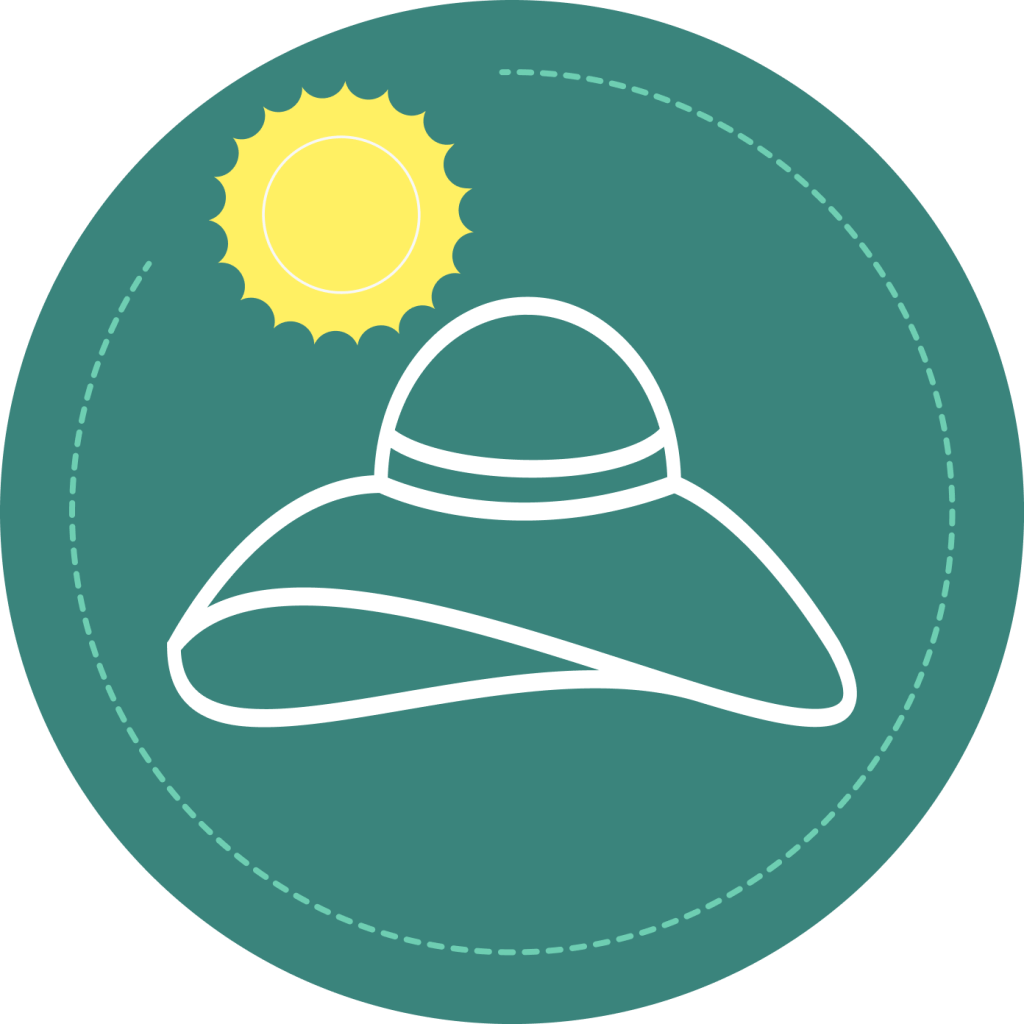What is melanoma?
Melanoma is a very serious form of skin cancer because it can spread (metastasize) to other parts of the body. Characterized by the uncontrolled growth of melanocytes—the pigment-producing cells that gives skin, hair, and eyes their colour—melanoma is responsible for the vast majority of skin cancer deaths in Canada.
Melanoma can affect anyone regardless of sex, age or race, can occur anywhere on the skin, including areas without much sun exposure, but it is more likely to start in certain locations.

- The back or lower legs are the most common sites for women
- The head, neck, and back are the most common sites for men
The chance of developing melanoma skin cancer increases with age, but can also develop in younger people, including those aged less than 30
Incidences of melanoma have more than tripled
in the last 30 years in Canada
Approximately 9,000 new cases of melanoma of the skin were estimated to be diagnosed in Canadians in 2022. This represents an increase of 3.5% from 2021. About 4,900 men | About 4,000 women
Approximately 1,300 Canadians are expected to die of melanoma each year. While melanoma accounts for a small percent of all skin cancers, it causes a large majority of skin cancer deaths.

Signs and symptoms
A new spot on the skin — one that changes in size, shape or colour, or one that looks different — can be a warning sign of melanoma and should be checked by a doctor. The ABCDE rule outlines the characteristics of moles that may be melanomas and is helpful guidance for monitoring skin changes:
A is for Asymmetry
The shape of one half of the mole appears different than the other.
B is for Border
The edges of the mole are irregular, blurred, or ragged.
C is for Colour
It’s unusual in colour, with different shades of tan, brown, black, or sometimes with blue, gray, red, pink, or white.
D is for Diameter
A mole that is greater than the size of a pencil eraser (6mm) from edge to edge.
E is for Evolving
A mole that changed over time or may be itchy, scaly, or bleeding.
Check your skin regularly using the ABCDE rule. You should do so on a monthly basis and don’t be shy to ask a partner or loved one to help check those hard-to-see places.
Certain risk factors for melanoma
- Ultraviolet (UV) radiation exposure, such as sunlight and indoor tanning beds or lamps
- Many moles
- Atypical moles
- Fair skin, and light-coloured eyes and hair
- Personal or family history of skin cancer
- CDKN2A gene mutation
- Weakened immune system
Patient support groups play an important role in providing information about risk factors and symptoms as well as support for patients and caregivers. There are a number of these organizations in Canada, including Melanoma Canada, Save Your Skin and Canadian Skin Patient Alliance.
Ways to help lower risk
Melanoma can’t be entirely prevented, but there are ways to help lower your risk. The number one way to lower risk is to protect against UV rays, which can damage the DNA in skin cells and lead to cancer. The top source of UV rays is the sun. That’s why it’s important to practice sun safety every time you go outside, even on cloudy days when UV rays can still shine through.
Here are a few ways to protect yourself:

Use sunscreen
For outdoor activity, use a water-resistant, broad-spectrum sunscreen with an SPF of 50 or higher.
Seek shade
UV exposure is greatest between the hours of 11 a.m. and 3 p.m. If you need to be outside during these hours, seek shade – under a tree, an umbrella or an awning.

Cover up
Cover your skin as much as possible with tight-woven or UV protection clothing. Also wear a wide-brimmed hat at least 2 or 3 inches wide to protect your face, top of head, ears and neck.
Wear sunglasses
Protect your eyes and the sensitive skin around them. Pick a close-fitting pair that blocks UVA and UVB rays.
Keep it natural
Avoid tanning beds and sun lamps.
For more information on melanoma and some ways to help prevent it, visit www.practiceskintimacy.ca.
References
1 American Cancer Society. Ultraviolet (UV) Radiation. Available at: https://www.cancer.org/cancer/risk-prevention/sun-and-uv/uv-radiation.html. Last accessed June 5, 2023.
2 Cancer.net. Melanoma: Statistics. Available at: https://www.cancer.net/cancer-types/melanoma/statistics. Last accessed May 17, 2023.
3 Canadian Cancer Society. Reducing your risk for melanoma skin cancer. Available at: https://cancer.ca/en/cancer-information/cancer-types/skin-melanoma/risks/reducing-your-risk. Last accessed May 17, 2023.
4 Canadian Cancer Society. Risk factors for melanoma skin cancer. Available at: https://cancer.ca/en/cancer-information/cancer-types/skin-melanoma/risks. Last accessed May 17, 2023.
5 Canadian Cancer Society. Types of melanoma skin cancer. Available at: https://cancer.ca/en/cancer-information/cancer-types/skin-melanoma/what-is-melanoma/types-of-melanoma. Last accessed June 5, 2023.
6 Canadian Cancer Society. Melanoma skin cancer statistics. Available at: https://cancer.ca/en/cancer-information/cancer-types/skin-melanoma/statistics. Last accessed June 5, 2023.
7 Canadian Cancer Society. What is melanoma skin cancer? Available at: https://cancer.ca/en/cancer-information/cancer-types/skin-melanoma/what-is-melanoma. Last accessed May 17, 2023.
8 Mayo Clinic. Melanoma. Available at: https://www.mayoclinic.org/diseases-conditions/melanoma/symptoms-causes/syc-20374884. Last accessed June 5, 2023.
9 Melanoma Canada. How to detect melanoma. Available at: https://www.melanomanetwork.ca/melanomadetection/. Last accessed May 17, 2023.
10 Melanoma Canada. Melanoma Stats and Facts. Available at: https://www.melanomanetwork.ca/stats-and-facts/. Last accessed May 17, 2023.
11 Melanoma Canada. What is melanoma? Available at: https://www.melanomanetwork.ca/melanoma/. Last accessed May 17, 2023.
12 Public Health Agency of Canada. Skin cancer. Available at: https://www.canada.ca/en/public-health/services/sun-safety/skin-cancer.html. Last accessed May 17, 2023.
13 Melanoma Network of Canada. Sun Safety. Available at: https://www.melanomanetwork.ca/sunsafetycouncil/staysunsafe/. Last accessed June 5, 2023.
CA-NON-02640
